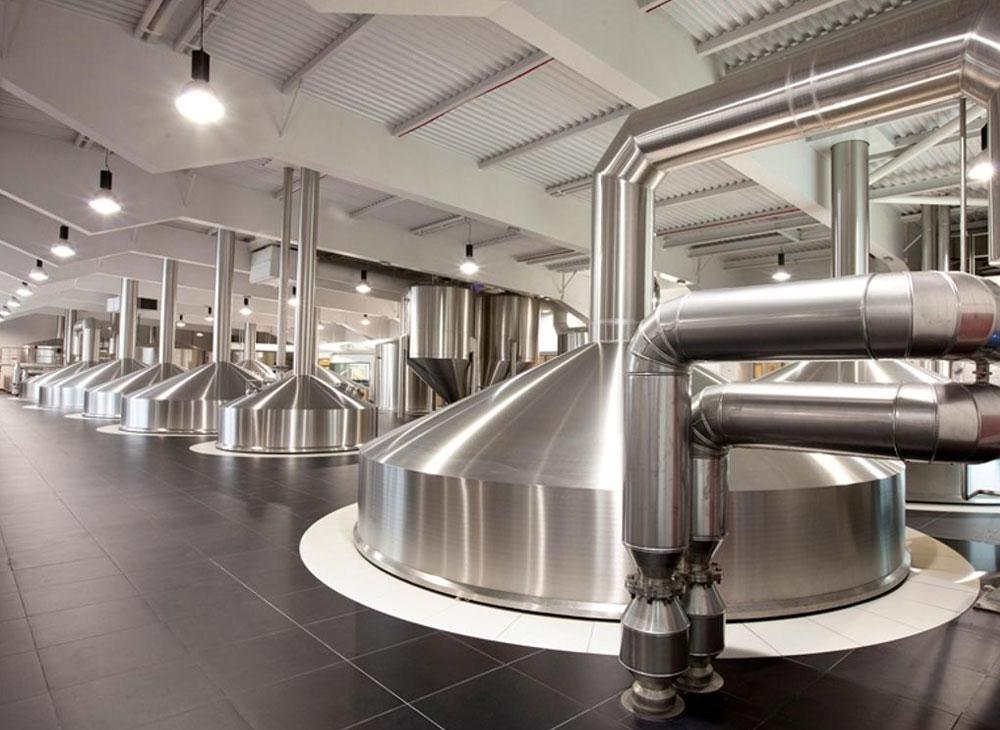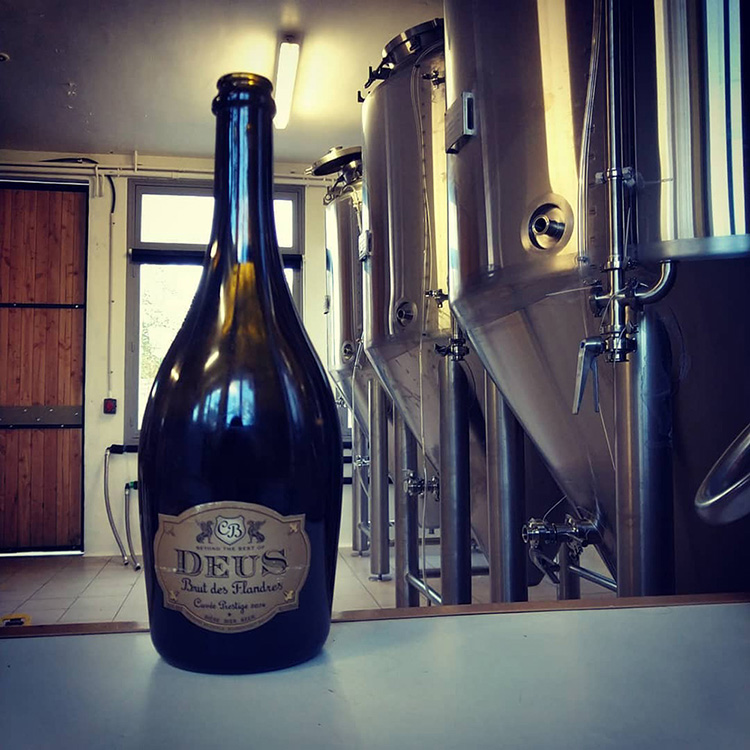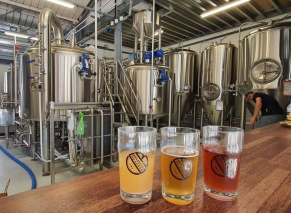What you wanna know about craft beer brewhouses
A brewhouse contains all of the components (frequently referred to as vessels) necessary for the brewing process. Depending on the production needs, physical size and scale of the operation, brewhouses are fully customiza...
Read MoreWhat is a Craft Brewery
Annual production of 6 million barrels of beer or less (approximately 3 percent of U.S. annual sales). Beer production is attributed to a brewer according to rules of alternating proprietorships....
Read MoreWhat is a barrel in commercial craft beer brewing?
A barrel, frequently abbreviated BBL, is 31 U.S. gallons. The standard huge beer kegs pictured below are 1/2 barrels, and also the taller skinnier beer kegs are 1/6 barrels. The wooden barrels you normally see utilized fo...
Read MoreWhat are hops?
Jumps are the eco-friendly cone-shaped flowers, or "florescence," of the Humulus lupulus plant. They're a climbing up perennial with an unique jackpot for craft brewers. Covert inside each cone are tiny yellow skins or gl...
Read MoreHow to choose a beer equipment Supplier
There are many suppliers of brewing vessels, especially given the boom of new breweries within the last decade. But most suppliers do not actually manufacture the vessels themselves. Rather, they are typically imported fr...
Read MoreHow To Brew Black Beer By Tiantai Beer Equipment?
Black beer is a special type of beer, black beer color greater than 40EBC units, wine was dark reddish brown to dark brown, black beer prominent malt flavor, (coke flavor), wine mellow, delicate foam, bitter taste moderat...
Read MoreGrowing Hops is Thirsty Work
Only a few ingredients are needed to make beer. In fact, the German beer purity law requires that beer only be made from water, hops, barley (malt), and yeast. Most beer recipes follow this basic outline, but other ingred...
Read MoreFermenter temperature controller for beer brew system
Different yeasts have different ideal temperature ranges when beer fermenting for brewery factory. Yeast fermenting too warm in vessels will express unintended flavors, many of which are undesirable. Estery/banana flavors...
Read More.jpg)
.jpg)
.jpg)
.jpg)
.jpg)



.jpg)




